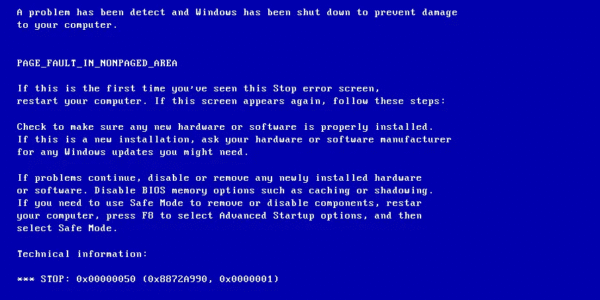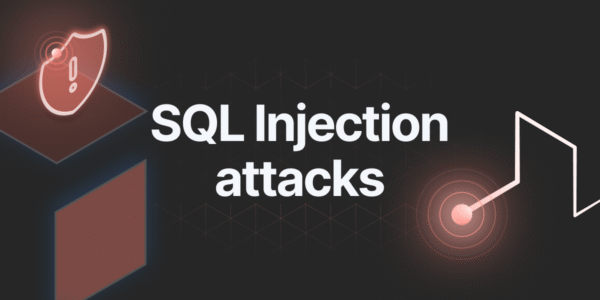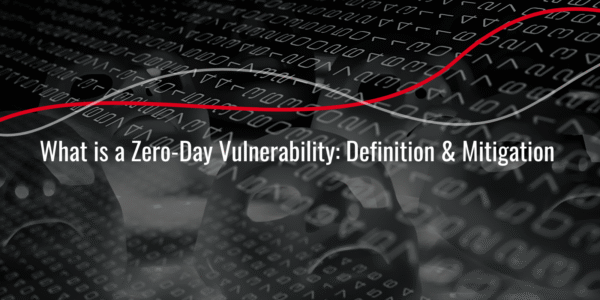Mastering Buffer Overflow: Unlocking the Secrets to Secure Software Development
Buffer overflow is one of the most notorious vulnerabilities in the world of cybersecurity, and it has been responsible for many high-profile security breaches. Understanding how buffer overflow works, its potential risks, and how to prevent it is essential for…
Understanding Memory Corruption: Causes, Impact, and Protection
Memory corruption is a serious vulnerability in software and hardware systems that can have devastating consequences. It occurs when data in a program’s memory is unintentionally modified, which can lead to unpredictable behavior, crashes, security flaws, and even complete system…
What is Denial-of-Service (DoS) Attack and How to Protect Against It
A Denial-of-Service (DoS) attack is one of the most well-known and disruptive types of cyberattacks. The main goal of a DoS attack is to prevent legitimate users from accessing a service, website, or network by overwhelming the targeted system with…
What is SQL Injection (SQLi) and How to Prevent It: A Comprehensive Guide
What is SQL Injection (SQLi) is one of the most critical and widespread vulnerabilities in the realm of cybersecurity. It targets the database layer of web applications, exploiting poor coding practices and gaps in input validation to execute malicious SQL…
What Is Web Application Security?
What Is Web Application Security? Web application security is the practice of protecting websites, applications, and APIs from attacks. It’s a broad field, but its core purpose is to ensure that web applications operate reliably while defending the business against…
What Are Zero-Day Vulnerabilities? Everything You Need to Know
What Are Zero-Day Vulnerabilities? In today’s fast-paced cybersecurity landscape, zero-day vulnerabilities are some of the most dangerous threats organizations face. These flaws are exploited before developers even know they exist—making them incredibly hard to detect and defend against. If you’re…





